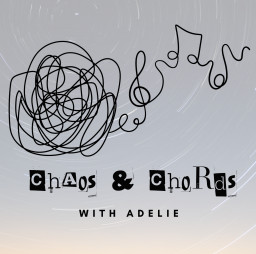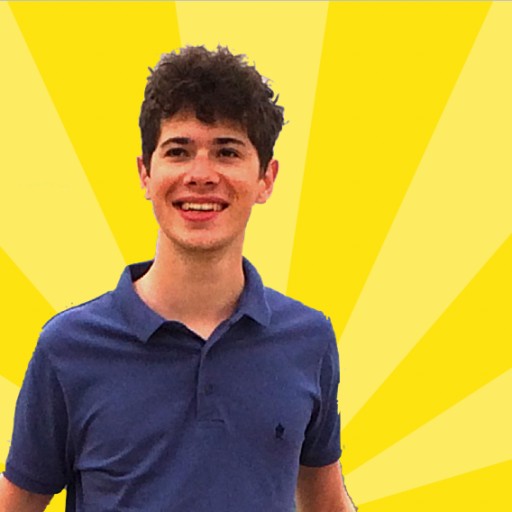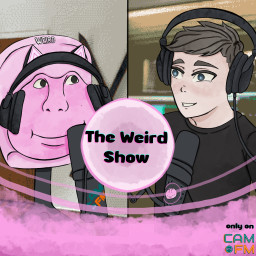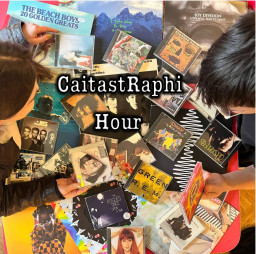History
1979 - 1989
In 1979, Cambridge University Broadcasting Society members Simon Cooper and Ellie Buchanan founded CUR (Cambridge University Radio) at Churchill College. The studios were established in the basement of a nearby graduate house and programmes were presented using tape decks and record players.
The station initially existed mostly for members to develop their presenting skills, with occasional short-duration broadcasts on restricted service licences. Throughout the 1980s the broadcasts became less and less frequent and by the end of the decade CUR had almost disappeared.
1990 - 1999
In 1992, CUR was revived when it was granted a licence to operate induction loop AM transmitters in the nearby New Hall (today Murray Edwards) and Churchill colleges. These AM induction loops broadcast a short-range signal throughout selected staircases. The designated frequency was 945 MW and the station was renamed CUR945. The induction loop systems brought the first stable audience to the station and were to be the sole output of CUR945 for six years.
In 1998, Cambridge University conducted a large-scale upgrade of its computer network. This brought internet connectivity to the CUR945 studios, and an internet stream of the station with accompanying website was established. The station initially broadcast online using RealAudio, which permitted a number of listeners on the University network.
2000 - 2009
In 2002, the Radio Authority established a new form of radio licence designed for university establishments. The committee were awarded a Long Term AM licence enabling the station to broadcast to radio across the city of Cambridge. The licensed frequency was 1350 kHz, and CUR1350 was born. The station rapidly built a regular listener base from across Cambridge University. The AM licence also enabled students from APU (today Anglia Ruskin University) to hear the station, and membership of CUR1350 was extended to APU students.
Until 2003, the station had been supported by a sustaining service which provided content during hours where no local CUR1350 shows were on air. By that time CUR1350's audience base had grown significantly and the potential for CUR1350 to develop into a 24-hour service was recognised, so CUR1350 established its own sustaining service, broadcasting local content all day.
As 2008 got underway, CUR1350 focussed on further increasing accessibility to the station by setting its sights on an FM Community Radio licence. After a long application process, the FM Community Radio Licence was eventually granted by Ofcom in March 2009.
2010 - 2019
By 2010, preparations were well underway for the FM launch. Behind the scenes audience research and branding meetings carved out the perfect name shape and sound for the new FM station, announced in March 2010 as Cam FM. On Saturday 2 October, a new era for the station began with the official launch of FM transmission.
In 2012, Cam FM opened two new studios: one at Fitzwilliam College, and one in Anglia Ruskin. This new beginning for student radio at Cambridge's most media-savvy University - and a subsequent technical overhaul - allowed Cam FM to significantly increase the breadth of its content, providing the first ever broadcast media coverage of the Oxford vs Cambridge Women's Boat Race from Dorney Lake, as well as live outside broadcasts from Newmarket Races and the Varsity Ski Trip.
In 2018, Cam FM started a new tradition of an annual 24-hour charity broadcast, Speak Your Mind, raising money for local mental health charities such as SANE, CPSL Mind, and Student Minds.
2020 - present
Celebrating 40 years since its first broadcasts, the station unveiled an exciting branding refresh across its website and social media channels in mid-2020.
The coronavirus lockdown saw Cam FM temporarily replace physical studios with a virtual online platform. For the first time, students and alumni were invited to contribute podcasts and shows made from home as ‘non-studio members’. Despite the challenge, the station continued to broadcast a near-normal schedule throughout the pandemic, as well as hosting an eight-week programme of radio dramas produced by the ADC Theatre, attracting acclaim across Cambridge.
In 2024, Cam FM opened up two brand new studios: one in Jesus College, University of Cambridge, as well as a larger updated studio in ARU main site. For this, Cam FM was nominated for the Best Technical Achievement award at the 2024 SRAs - one of the record-breaking 10 nominations the station received (the most in its entire 45-year history of operation).
As the station moves into its fifth decade, Cam FM continues to flourish as one of the largest media organisations in Cambridge, not only in quantity of output but also in terms of benefit to the student community.





